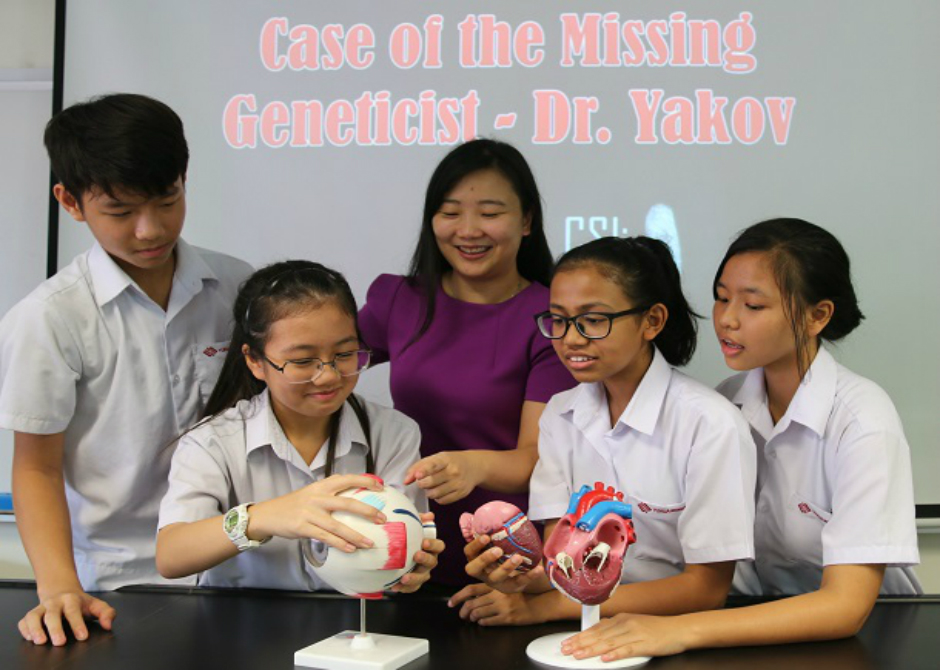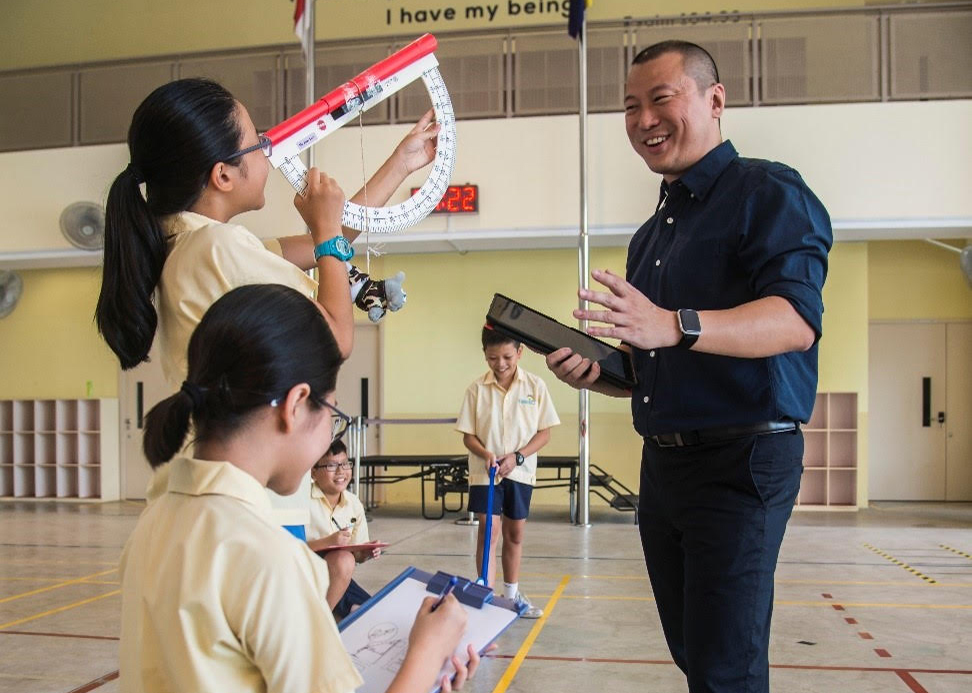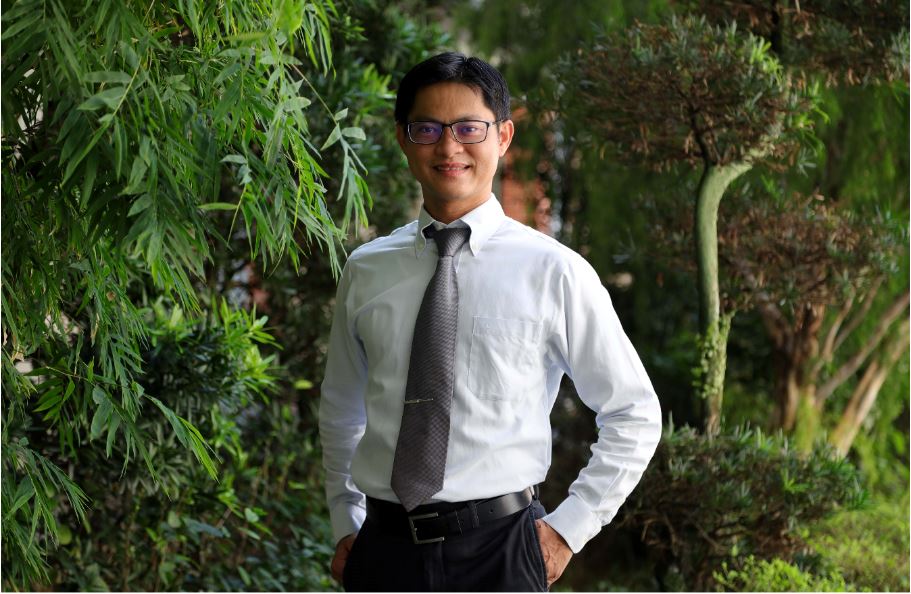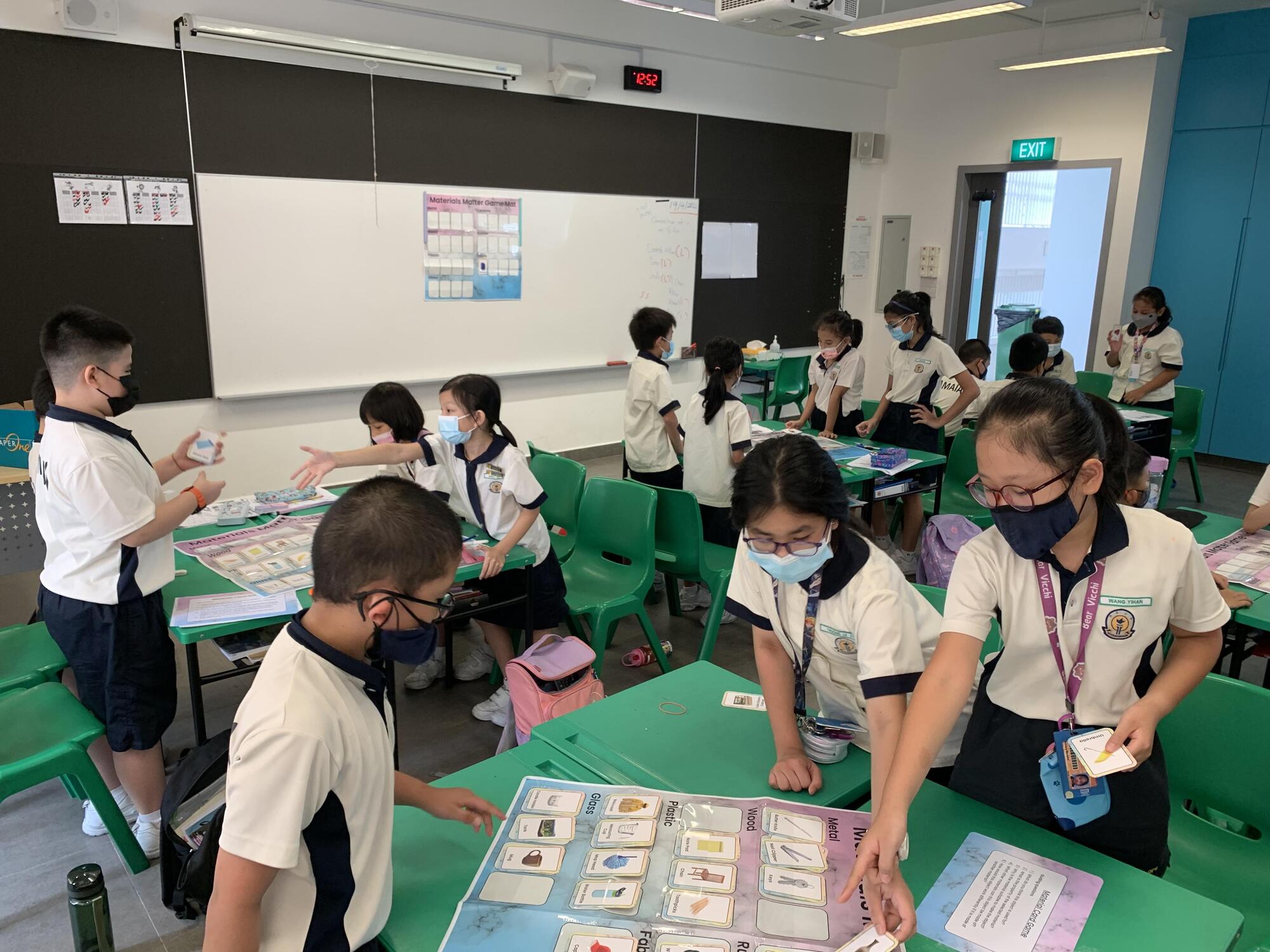“My husband is missing! He never works overnight for more than two days! Please help me!” Mrs Yakov screamed hysterically at the police station.
Let the Mystery Begin…
Buzz builds up in the classroom, and the students lean in for the rest of the mystery. Not the typical start to a Science lesson, but everyone is already hooked. Their journey of inquiry has begun!
This investigation is part of the Interdisciplinary Scientific Experiential and Exploratory flagship programme (iSEE), a programme that my colleagues and I have developed for Lower Secondary students to integrate Biology, Chemistry and Physics through hands-on activities.
In the Case of the Missing Geneticist, students are taken through the story of Dr Yakov, a generous scientist known for his work on cell modification. Soon after developing the incredibly energy-efficient Bio-Cell, and announcing his decision to donate its patent to the government, he disappears.
Students work in groups, identifying suspects and analysing the Bio-Cell. They have to construct a physical model of it, which requires them to think and research on the characteristics of cells.
The plot thickens when Dr Yakov is discovered unconscious with traces of modified nutrients in his blood. Students then have to conduct a series of chemical tests on the nutrient samples, applying practical skills in the investigation.
The students are quick to jump to conclusions at first: “It’s an attempt on his life! It must be the director! She wanted more funding!”
However, as they progress through the case, their questions evolve: “How did he modify the cell to produce so much energy?”, “How does cell modification really happen?” and “What could possibly land him in just a coma and not kill him?”
I still remember the day after I conducted this lesson for the first time. Many students continued to send chat messages sharing their research findings. One of the students was even convinced that Dr Yakov was real when he found papers published by a Russian doctor of the same name! Curiosity is the best teacher, indeed.
Dr Yakov’s story was inspired by computer games such as Sherlock Holmes, Neverwinter Nights and SimCity, which I used to play as a teenager. I am glad I managed to infuse my Science lessons with the same spirit of inquiry and problem-solving.
Engaging Technology
The use of Information and Communication Technology (ICT) is another way I engage my students regularly. I cannot be around them to seize every opportunity for learning but I can always tap a button and share the latest scientific discovery with my students online, or clarify their doubts instantly.
Working with a team of ICT mentors, we have built up a rich and up-to-date reservoir of teaching resources for fellow teachers. These include innovative ICT tools that promote collaborative and self-directed learning among students. These resources are shared with my colleagues through customised workshops, newsletters and “A Tip A Week” email blasts.
The team also creates tools to improve teacher productivity. An example is the E-relief system, was created to locate relief teachers at short notice. Its applicability in schools and various organisations won it an Innergy Award, which the Ministry of Education gives out to recognise teachers who innovate.
Catching Innovation
I want to ‘catch’ the innovations of my students too. I dream of forming entrepreneurial incubators in schools where students’ projects can take shape over a few years. Students can have the time and space to implement their ideas, fail and seek refinement.
Several years back, a student of mine thought of improving the health of her peers by substituting the canteen’s deep fryers with air fryers, but there was no suitable platform for her to test her idea at the time.
Just imagine if there was an opportunity for her to gather funds, set up tasting booths and witness the impact of her idea. Such a platform could inspire other students to carry out their innovations in other areas where the need arises.
Similarly, students with ideas for social entrepreneurship projects could use social media to reach like-minded peers from beyond school to collaborate and make their ideas come alive.
Students are most driven when they work on their own ideas. These ideas, after all, stem from their passions. My role, as their teacher, is to ignite the curiosity in them and let it guide them in their pursuits.






